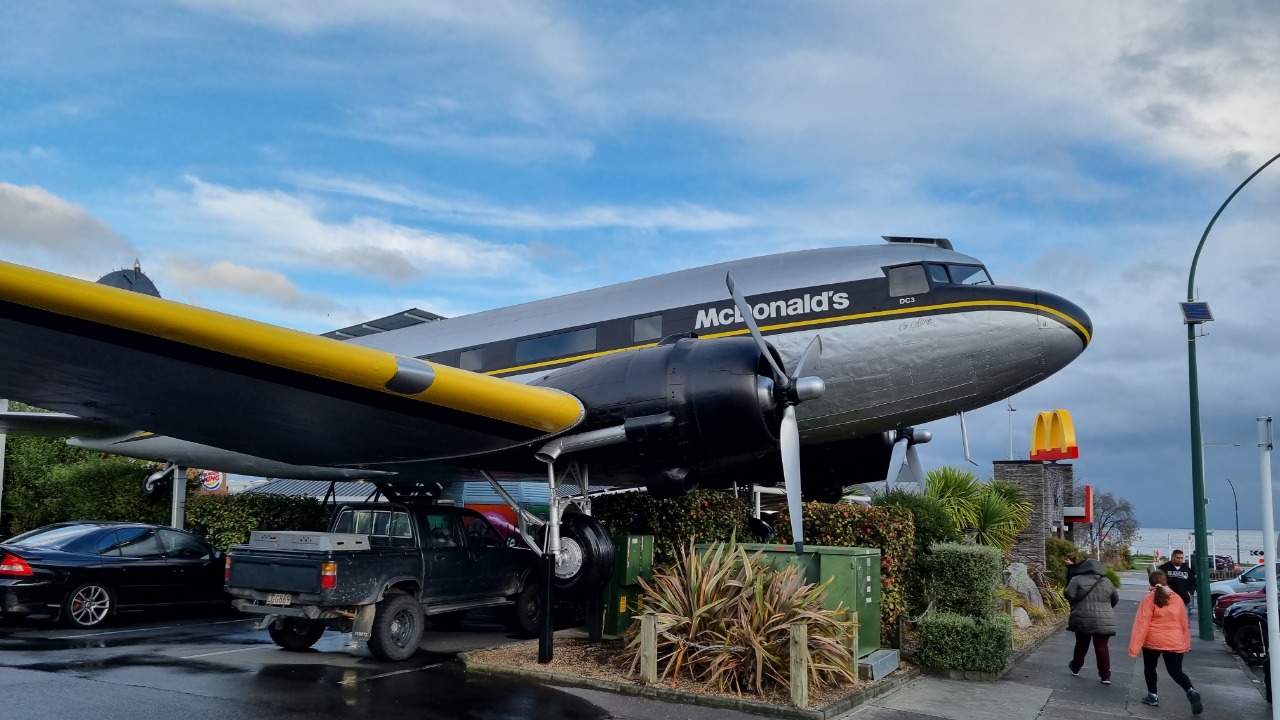
In the fast-evolving world of aviation, some aircraft have defied the odds, continuing to carry passengers despite being over half a century old. These planes have become a testament to engineering resilience and timeless design. From early jets to classic propeller-driven planes, let’s explore nine aircraft models that have stood the test of time and are still operational today.
Boeing 707
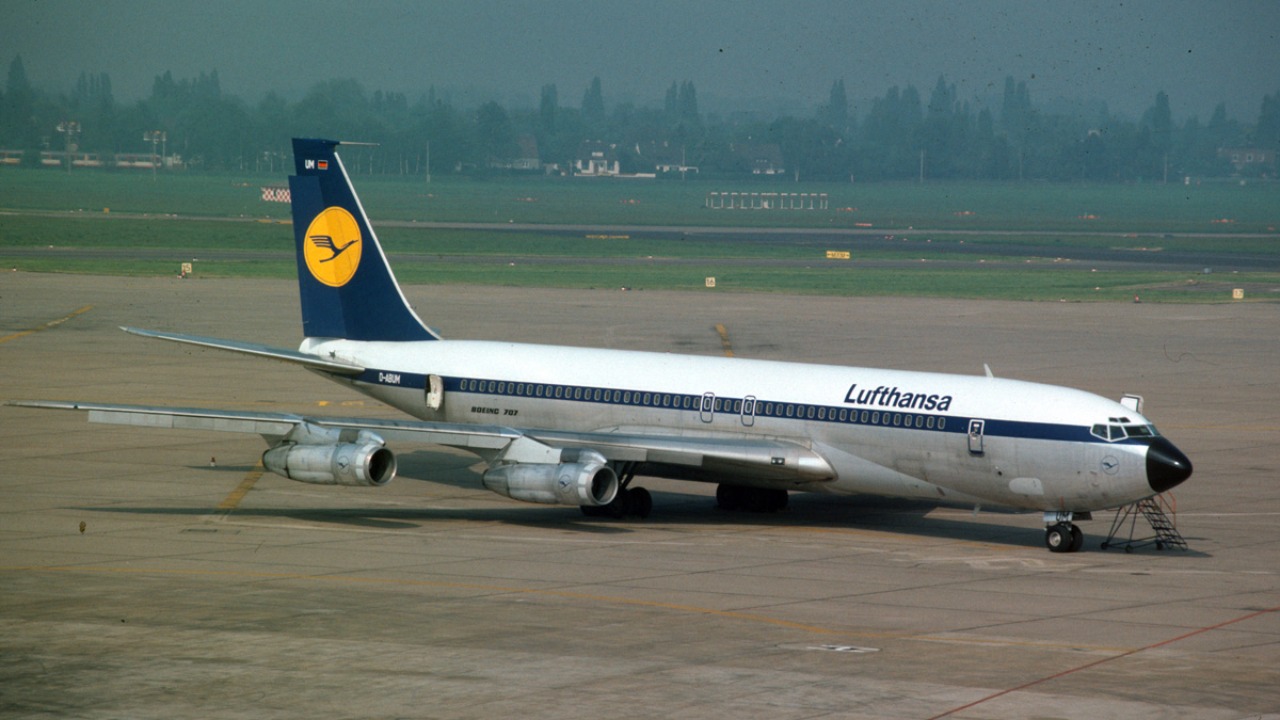
The Boeing 707, introduced in the late 1950s, was one of the first successful commercial jets. While production ceased in 1979, some of these aircraft are still in service, notably within government and military operations. Despite the emergence of newer models, the 707 remains a robust choice for certain niche markets. Its continued use in some regions highlights its enduring design and adaptability.
While the majority of commercial airlines have retired their 707 fleets, a few operators still maintain these models for cargo or charter services. The plane’s durability and capacity have made it a preferred choice even decades after its inception.
Douglas DC-3
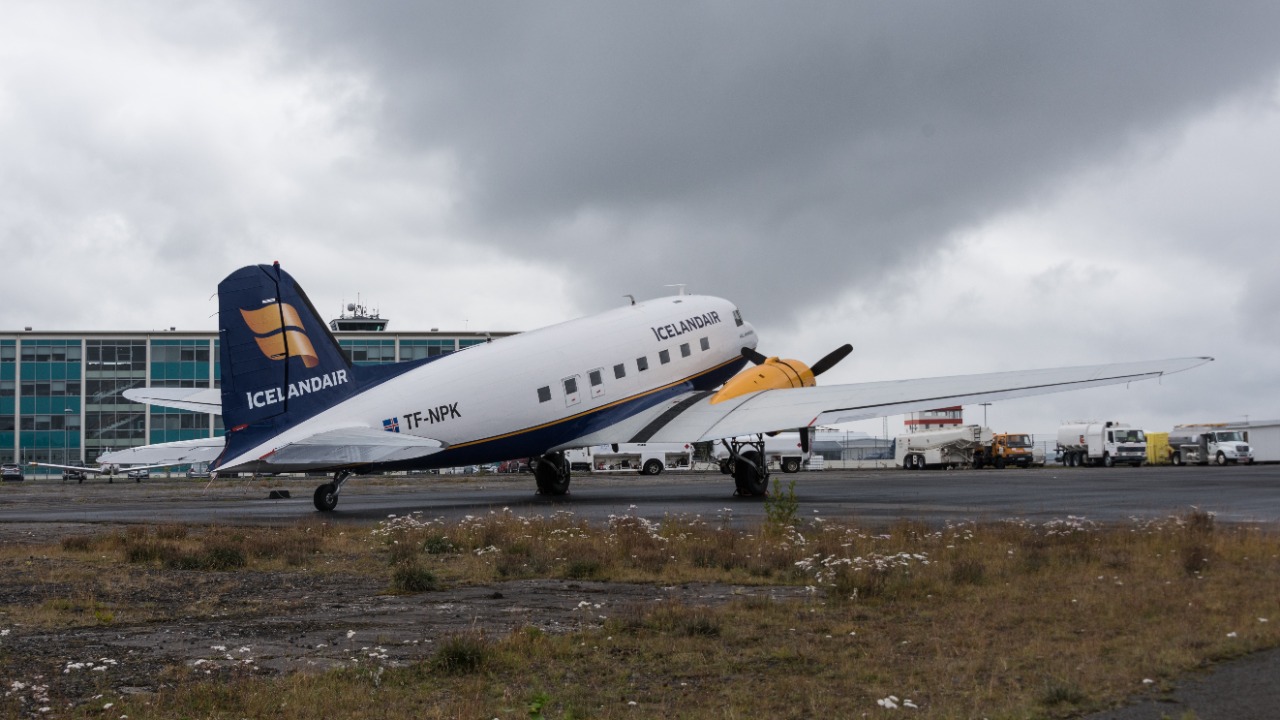
Perhaps the most iconic of all vintage aircraft, the Douglas DC-3 debuted in the 1930s and played a pivotal role in World War II. Known for its reliability, the DC-3 is still flying today, primarily in remote areas where rugged terrain demands dependable aircraft. Its ability to operate on short, unpaved runways keeps it in demand.
Operators in regions such as Africa and South America continue to utilize the DC-3 for both passenger and cargo services. Its long-standing reputation for toughness and efficiency has earned it a legendary status in aviation history.
Lockheed L-1011 TriStar
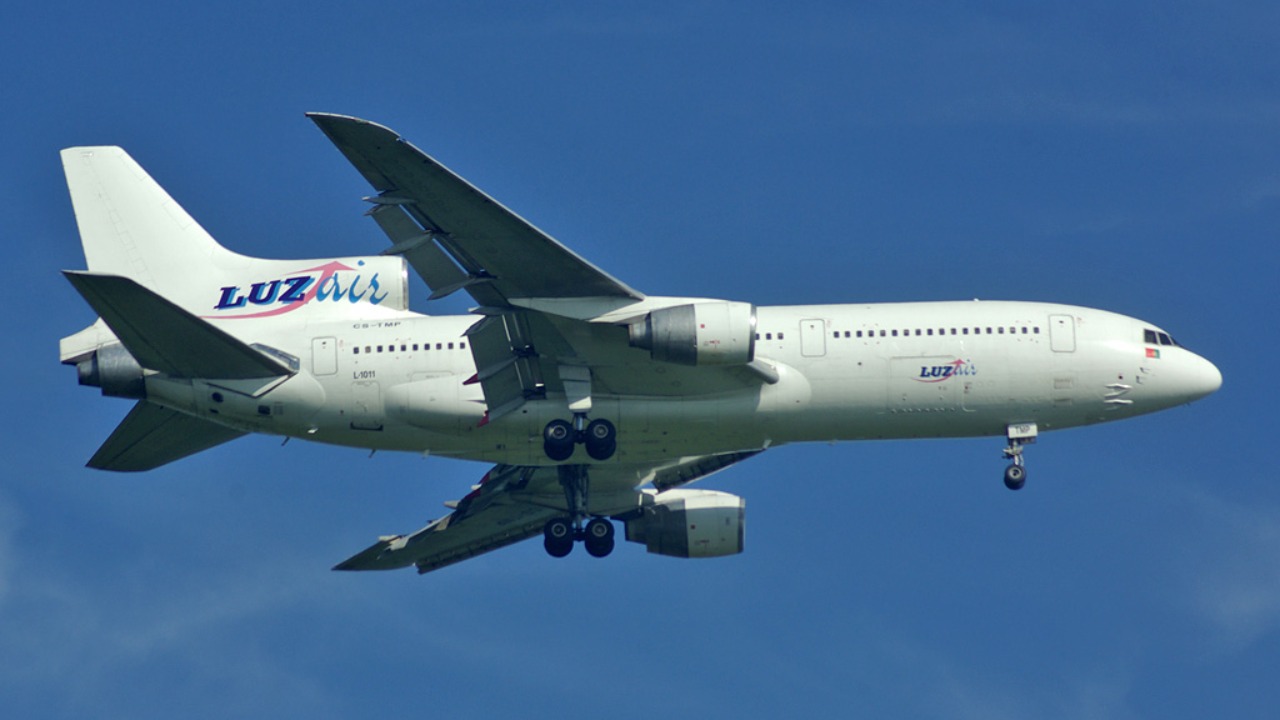
The Lockheed L-1011 TriStar, first flown in 1970, was a marvel of its time with advanced technology and comfort features. Though production ended in 1984, some of these jets still serve charter operations and smaller airlines. The TriStar’s spacious cabin and long-range capabilities make it a favored choice for specific routes.
Despite its age, the L-1011’s advanced avionics and triple-engine design continue to offer a reliable option for certain operators. Its enduring presence in the skies demonstrates the lasting impact of its innovative design.
Boeing 727
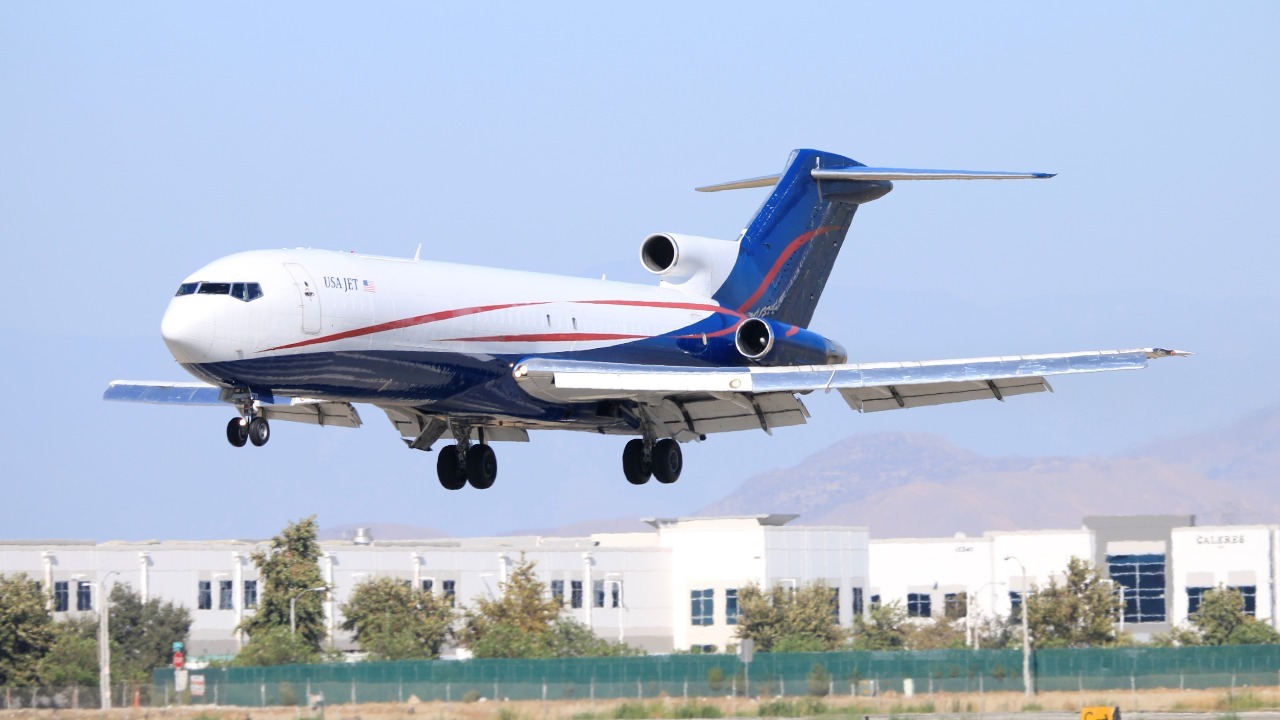
First flown in 1963, the Boeing 727 was once a staple of short to medium-haul flights. Nowadays, a few of these aircraft are still operational, mainly for freight services. Its tri-jet configuration and versatility made it a popular choice for airlines worldwide.
While passenger service has largely shifted to more modern aircraft, the 727’s robust design continues to support cargo operations. Its ability to operate on shorter runways has ensured its survival in niche markets.
Douglas DC-9
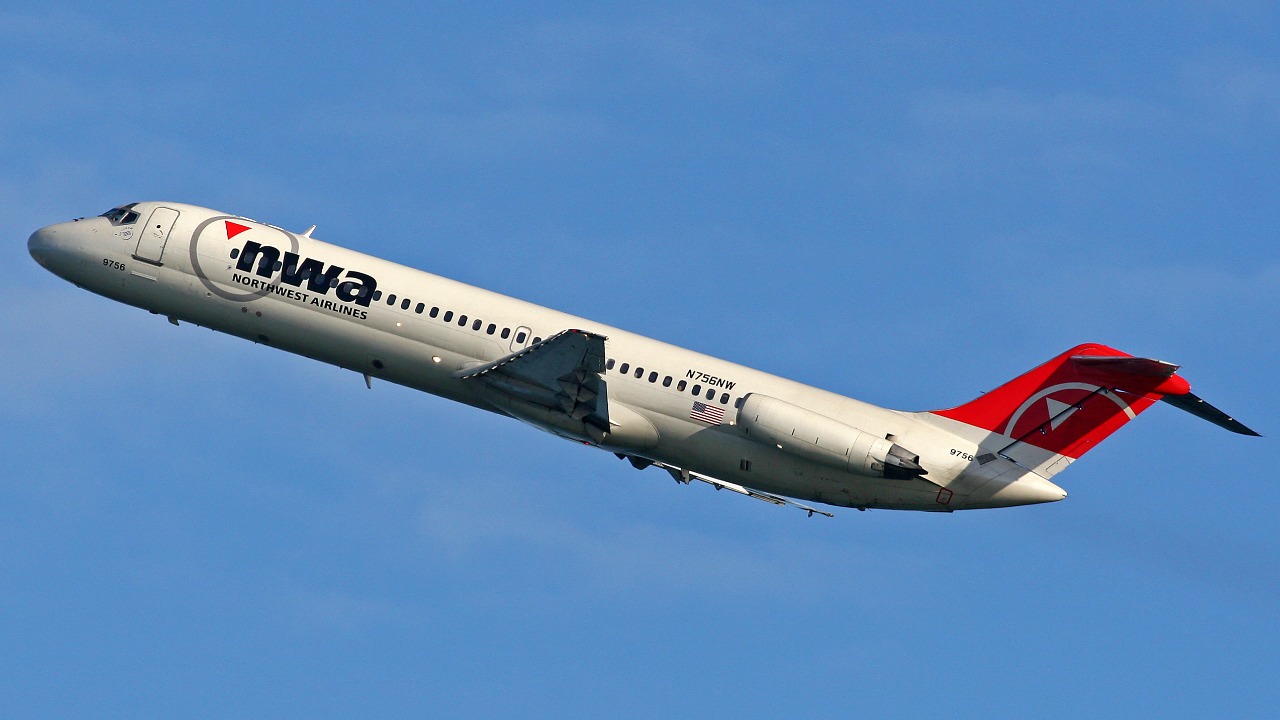
The Douglas DC-9, introduced in 1965, was designed for short-haul routes and quickly became a favorite among airlines. Although many have been retired, a few DC-9s are still flying, primarily serving in charter and cargo roles. Its straightforward design and reliability have contributed to its longevity.
The DC-9’s continued use is a testament to its practical and efficient design, allowing operators to benefit from its proven performance even after decades in the sky.
Boeing 737-200
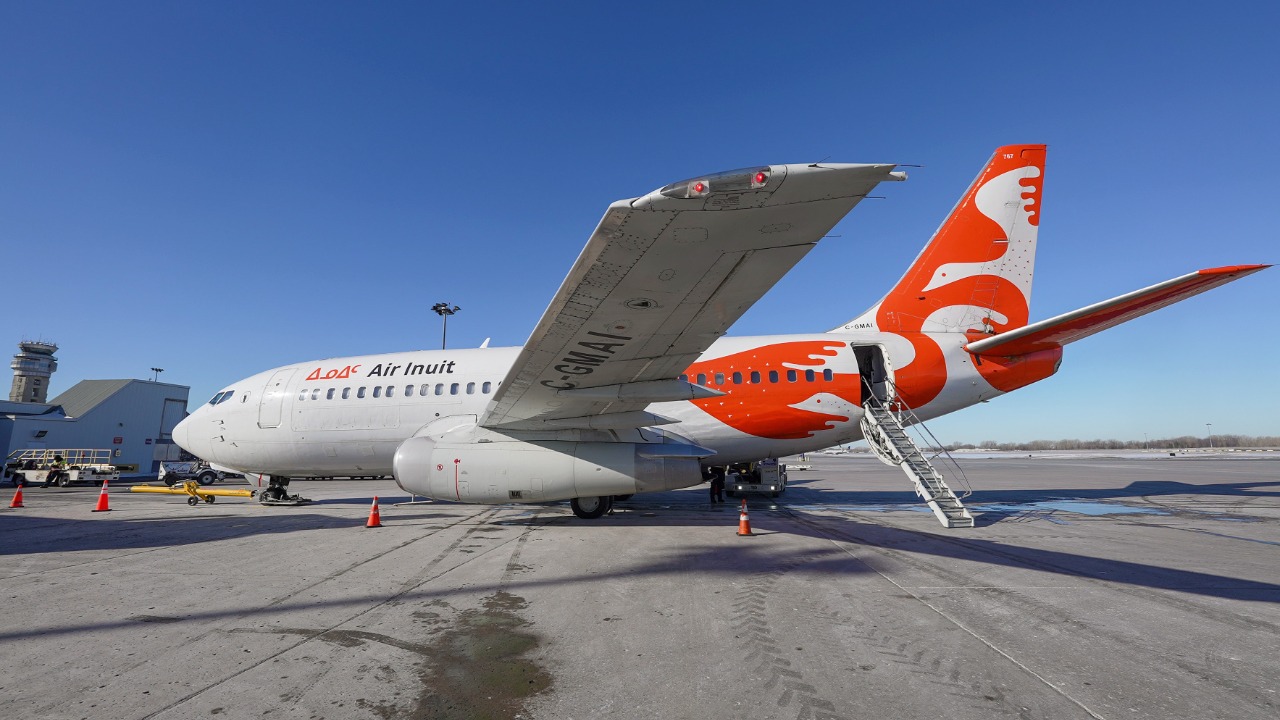
The Boeing 737-200, a variant of the original 737, first took to the skies in 1967. Despite newer generations of the 737, some -200 models remain active, mainly in less-demanding environments. Its ability to handle rough airstrips makes it suitable for regions with limited infrastructure.
Operators in remote areas or those requiring a rugged and reliable aircraft still rely on the 737-200, showcasing its adaptability and the enduring appeal of its design. For more about the longevity of vintage aircraft, explore further resources.
Antonov An-24
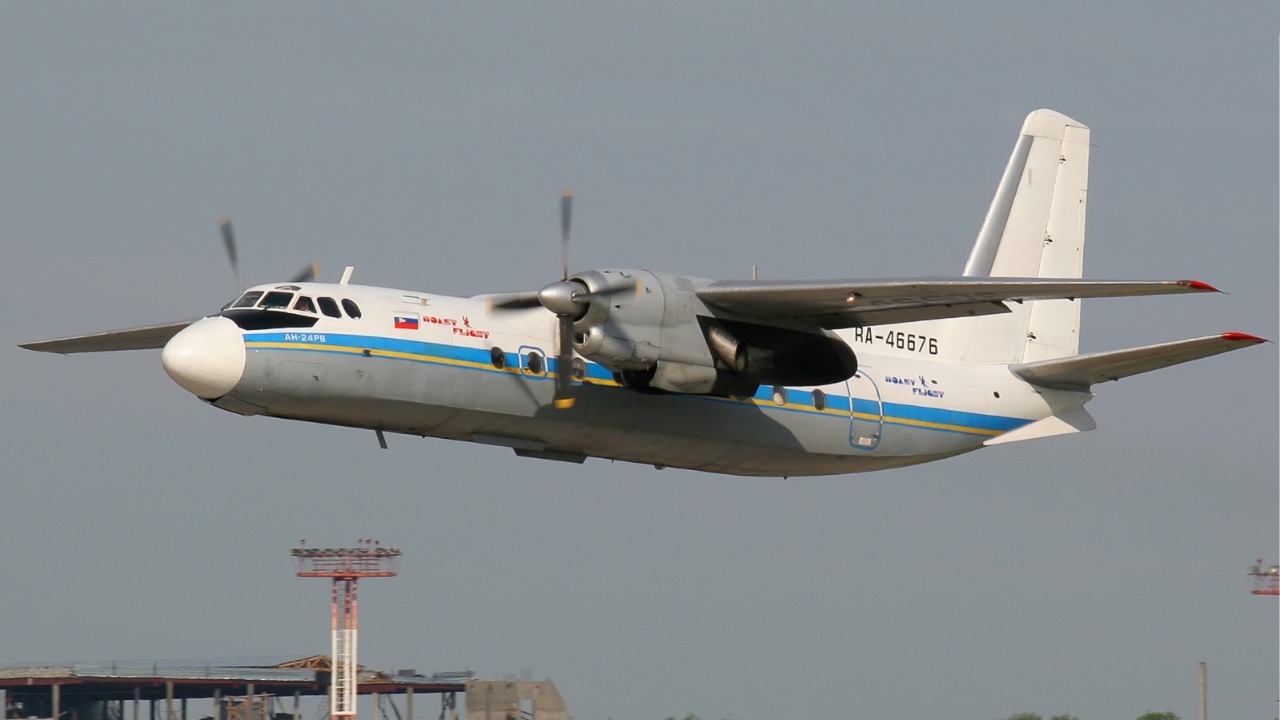
The Antonov An-24, a Soviet-era turboprop, remains in service in several countries, especially within the CIS and Africa. Introduced in 1960, the An-24 is valued for its ability to operate in challenging weather and rough terrains. Its robust construction and low operating costs contribute to its continued use.
Though modern alternatives exist, the An-24’s resilience and versatility make it a preferred choice in regions where reliability is paramount. To learn more about its operational history, check out this detailed discussion on older aircraft.
Tupolev Tu-134
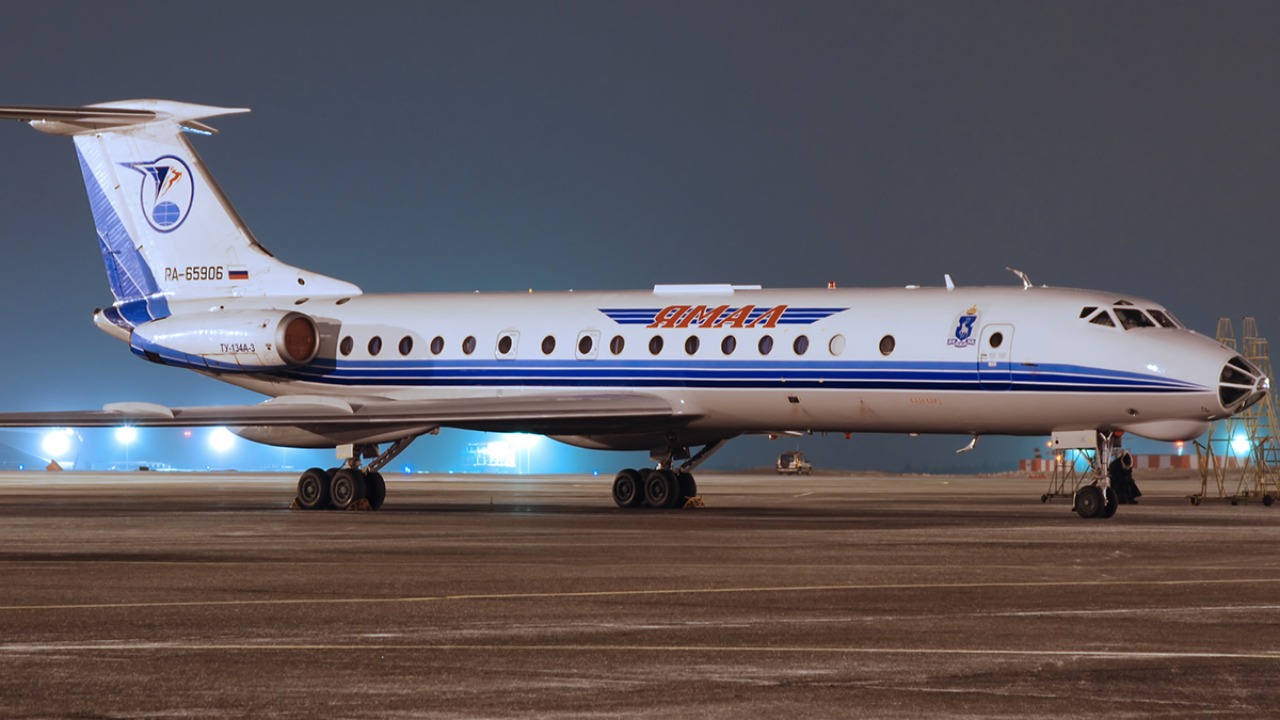
The Tupolev Tu-134, a twin-engine jet introduced in 1967, was a staple of Soviet and Eastern European airlines. While many have been retired, some continue to fly, notably within Russian charter services. Its rugged design and straightforward maintenance have prolonged its operational life.
Although newer jets offer advanced technology, the Tu-134’s continued service highlights the durability and effectiveness of its design. Its presence in the skies today is a nod to its lasting value in specific roles.
Fokker F27 Friendship
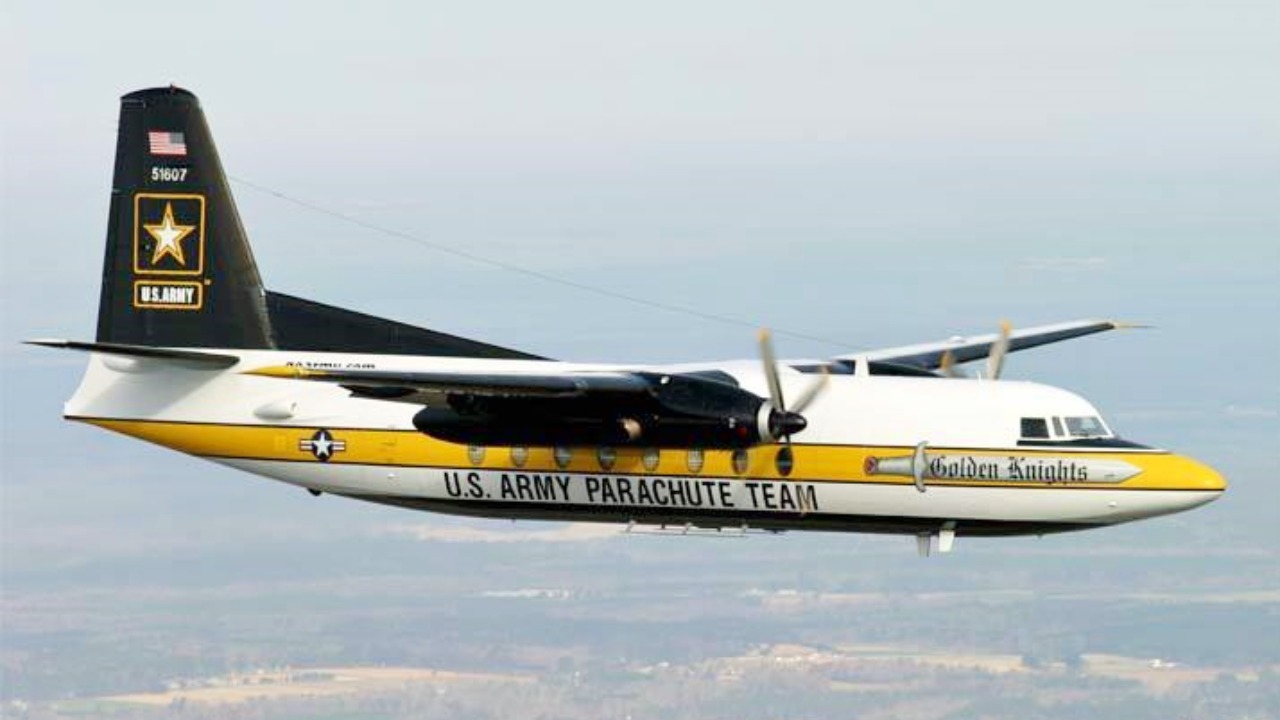
The Fokker F27 Friendship, a turboprop airliner developed in the 1950s, remains in limited use, primarily for regional services. Known for its reliability and comfort, the F27 has found a niche in areas requiring short-haul aircraft. Its ability to land on short runways makes it particularly useful in remote regions.
Though production ceased in 1987, the F27’s robust design ensures its ongoing presence in the skies. For insights into aircraft longevity and maintenance, explore further research articles.